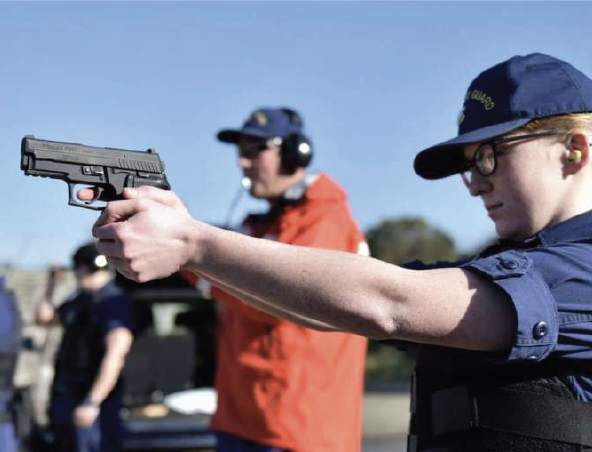How JTA enhances safety, efficiency, and role-specific competency in high-risk operational contexts.
What is Job Task Analysis (JTA) and Why is it Important?
Job Task Analysis (JTA) is a comprehensive review of a specific job task. Instead of evaluating the person doing the job, these analyses evaluate how an individual successfully completes the task itself.
JTA helps organizations achieve stated operational goals and objectives by:
- Determining a clear picture of the skills an organization needs
- Identifying the relevant competencies required to meet organizational, operational and/or individual performance goals related to the task
- Informing the development of training and continuous performance improvement programs that increase individual performer’s capabilities
- Ensuring the right people with the right skillsets are selected for each job based on the development of accurate job descriptions
The Challenge
Metris Global was engaged by a major maritime security agency responsible for safety regulation, tactical operations and training services at a large-scale military installation. Facing critical safety and efficiency challenges, the agency needed to identify and understand the specific tasks, responsibilities and requirements associated with Range Safety Officer (RSO) positions relative to the oversight of life-fire training and other high-risk activities.
Actions
Conducted in five stages, JTA breaks down a task into all the knowledge, thought processes, physical and cognitive steps and broader responsibilities necessary to successfully execute the task.
- Job/Task Identification: Identify the specific tasks and responsibilities associated with the RSO role.
- Data Collection: Capture the knowledge requirements of the RSO role, including safety procedures, regulatory compliance, communication protocols, and resource management.
- Data Analysis: Review and analyze the collected data to extract critical information about the RSO role, including the key knowledge, skills, and abilities (KSAs) required.
- Documentation: Create a comprehensive reference for the RSO role.
- Review and Validation: Review and validate the RSO reference document with the agency to ensure accuracy and completeness.
Results
The comprehensive Job Task Analysis of the Range Safety Officer position yielded significant benefits, becoming a cornerstone for strategic improvements across the agency, enabling better clarity, streamlined training procedures, optimized resource allocation, and fair performance evaluations. The JTA report highlighted the need for:
- In-Depth Knowledge of Safety Measures and Observation Skills
- Regulatory Compliance
- Effective Communication with Range Control
- Post-Training Procedures and Meticulous Attention to Detail
Connect with one of our JTA experts to learn more. Download the case study.
